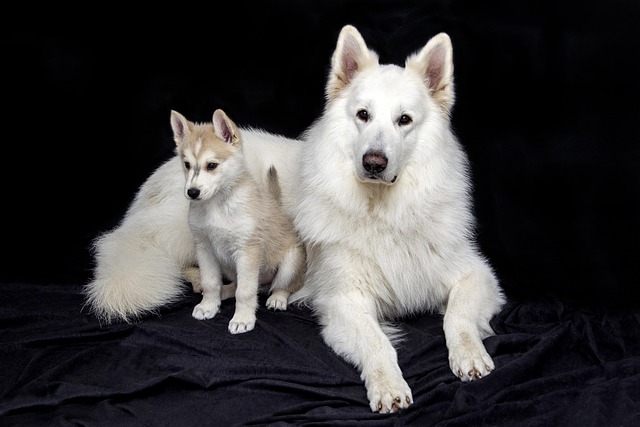
Do you have to fix your dog for agility competitions?
Walk into any local agility trial on a weekend, and you’ll hear the buzz of handlers cheering their dogs over jumps and through tunnels.
Earwax is a normal part of a dog’s ear health, but too much buildup can lead to discomfort or even infections. Many new dog owners worry about how to safely address this without hurting their pet, especially since a dog’s ear canal is longer and more curved than a human’s. It’s not just about cleaning—knowing the right way to do it keeps your pup happy and avoids accidental harm.
First, it’s important to understand why earwax builds up. Dogs with floppy ears (like Cocker Spaniels or Basset Hounds) or those that love swimming are more prone to buildup because air doesn’t circulate well in their ears, trapping wax and moisture. Never use cotton swabs deep inside the ear—this can push wax further in or damage the eardrum. Instead, start with a vet-recommended ear cleaner; avoid homemade solutions, as some can irritate sensitive ear skin.
 The safe cleaning process is simple if you take it slow. Gently hold your dog’s ear flap up to straighten the canal. Put a small amount of cleaner into the ear—follow the bottle’s instructions, usually just a squirt or two. Massage the base of the ear for 30 seconds to a minute; this helps loosen the wax. Let your dog shake their head—this is how they naturally expel the loosened wax and cleaner. Afterward, use a clean cotton ball to wipe away any debris from the outer ear opening.
The safe cleaning process is simple if you take it slow. Gently hold your dog’s ear flap up to straighten the canal. Put a small amount of cleaner into the ear—follow the bottle’s instructions, usually just a squirt or two. Massage the base of the ear for 30 seconds to a minute; this helps loosen the wax. Let your dog shake their head—this is how they naturally expel the loosened wax and cleaner. Afterward, use a clean cotton ball to wipe away any debris from the outer ear opening.
Always keep local rules and your dog’s well-being in mind. In most U.S. states, dogs need up-to-date vaccines, but regular ear care is also part of responsible ownership—neglecting it can lead to infections that require vet visits. If you rent an apartment, check if there are pet-specific rules, but even if not, keeping your dog’s ears clean helps prevent odors that might bother neighbors. And remember: positive reinforcement goes a long way—give your dog a treat after cleaning to make it a positive experience, never scold them if they fidget.
If you notice signs like redness, swelling, a bad smell, or your dog scratching their ear nonstop, stop cleaning and see a vet. These could be signs of an infection or ear mites, which need professional treatment. Regular, gentle cleaning—usually once a month for most dogs, more if they swim often—keeps earwax in check. With patience and the right tools, you’ll keep your dog’s ears healthy and make bonding time out of the routine.

Walk into any local agility trial on a weekend, and you’ll hear the buzz of handlers cheering their dogs over jumps and through tunnels.

Absolutely! Blueberries are one of the superstar treats in the canine world. These little blue gems are packed with antioxidants, vitamin C, and fiber

You might’ve noticed your pup scratching at their ear more than usual, or caught a whiff of an unpleasant odor when they nuzzle your hand.

I stood in my friend Mia’s New York City apartment kitchen last week, watching her stare at a tied-up dog poop bag on the counter—her 6-month-old Labradoodle, Max, napping nearby.

I sat with my friend Emma in the waiting room of a Miami vet clinic last June, her 2-year-old French Bulldog, Bella, panting so hard her whole body shook—even in the air-conditioned office.

Earwax is a normal part of a dog’s ear health, but too much buildup can lead to discomfort or even infections.